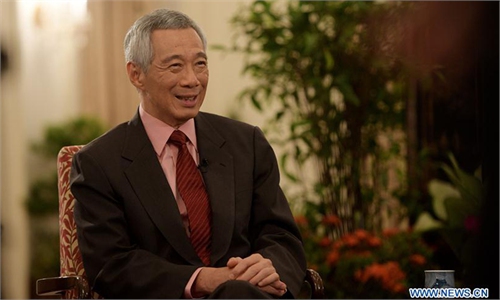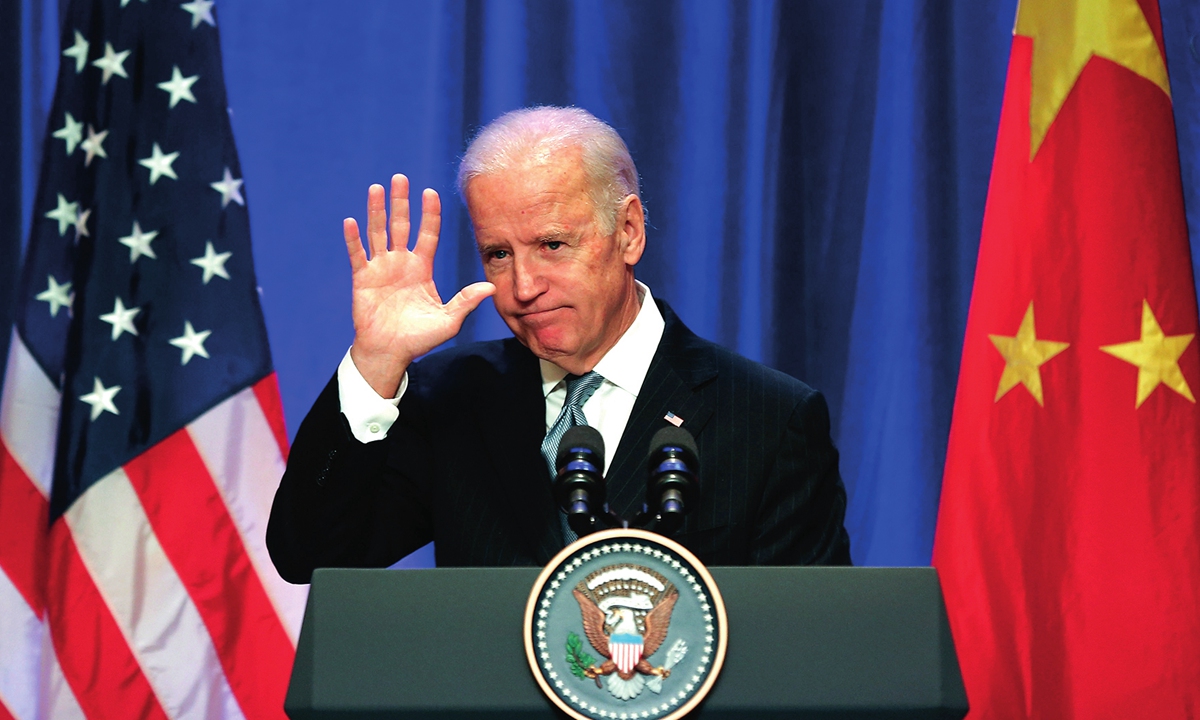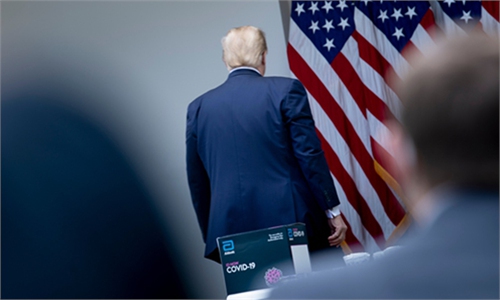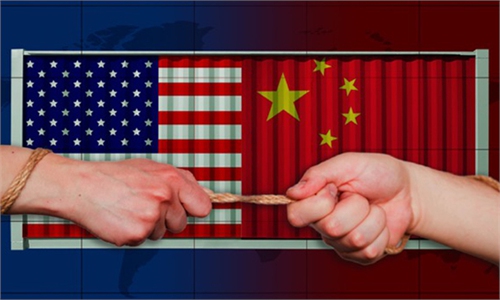Michelle Wie Powerful Set-Up and Swing
Michelle Wie practicing at the Ko Oina Golf Club. This is before she began to have her problems off the tee. Notice the smooth but powerful transition and follow through. She started to jump at the ball for awhile, but now is back to a real good move. Notice BJ Wie, her ever-present father...
https://youtu.be/GMPCrQE7KSw
The one-buggy one-player recommendation not enforced everywhere
AS the Covid-19 pandemic continues to afflict golf clubs across the length and breadth of the nation, one or two have resorted to giving the buggies recommendation a miss.
Almost all the local clubs have embraced the one-buggy oneplayer policy set in the guidelines of the Malaysian Golf Association (MGA). However, a quick check by TeeUp has revealed that there was one or two who chose not to follow suit and have opted to continue as before (the pandemic).
It is understood that the MGA “guidelines” are recommendations and the clubs are not bound by law to carry them out, unless they are those incorporated from the standard operating procedures (SOPs) of the health authorities.
Not surprisingly, the said clubs contacted for comment on the matter declined to offer any response.
It must be mentioned also that at one of the clubs (where twoper-buggy is still practiced), the players must be husband and wife, or from the same family and/ or the same Covid bubble.
All the other leading clubs in the Klang Valley that TeeUp spoke to about the buggy policy said they had initiated the MGA’s guidelines in full.
Speaking to TeeUp in an earlier interview, MGA president Admiral Tan Sri Mohd Anwar Mohd Nor (R) said they would issue updates as when these became applicable and added that they too were being guided by the Health Ministry.
“These SOPs and guidelines have been put in place to help curb the spread of the coronavirus and we will continue to work with the health authorities in their efforts to flatten the curve,” he said.
“It is our sincere hope that the golf clubs and other industry stakeholders will join forces and adhere to the SOPs without exception. This is most important in the fight to curb the spread of this virus.”
Mohd Anwar added that the national association’s annual general meeting, which was scheduled for last month, will be held at a date to be determined when “all is safe to do so.
“We had no option but to postpone the annual general meeting because of Covid-19. The safety and well-being of our members and all others in the related fields of golf, is our priority and we will not detour from this approach,” added Mohd Anwar.
“Once things improve and we get the nod from the health authorities, we will host the annual meeting – but not before then.”
At this year’s annual general meeting (if indeed it does go ahead) there will be no elections for the top positions within the organisation, given that they are in the middle of their terms.
The Professional Golf Association of Malaysia (PGAM) were also expected to have staged their annual meeting by now, but failed to do so because of the pandemic. And they are, likewise, waiting to set a new date when the circumstances allow them to.
Golf is one of the few sports that has been fortunate enough to continue in the present Covid climate, but with strict standard operating procedures set down by the Health Ministry. Among these are:
Pre-Game SOPs
- > Golfers with any colds or coughs or any symptoms of Covid 19 shall be prohibited from entering the golf club.
- > Bookings shall be made in advance.
- > Enforce one golfer per buggy.
- > Golf competitions suspended until further notice.
- > Use MySejahtera to record golfers and employees entry to the golf club.
- > Accept only online payment or bank transfer. Registration counter shall not accept any cash payment.
- > Golfers shall register 20 minutes before tee time. Registration staff to be equipped with face masks/gloves. Hand sanitiser readily available at registration counter and disposable pencils made available.
- > Temperature check for each golfer before entering the golf club and to sanitise their hands by security guard.
- > One golfer to register for each flight.
- > Social distancing markers to be clearly outlined at the registration counter.
- > Interaction shall be limited between golfers and staff.
- > Each golfer to complete and submit a Health/ Travel Declaration form prior registration.
Related:
COVID-19 Rules and Handicapping FAQs - USGA.org
Related posts:
The ‘Tiger Woods’ act is not for Malaysia

Tiger Woods to return to Malaysia in CIMB Classic
Malaysia is set to grab the golfing headlines in October – thanks to the rebranding of the CIMB Classic.
Golf, a good walking game!
 Make it a good walk Golf is an enjoyable sport as long as there is an element of exercise involved, like walking, otherwise it’s just a parlour game.
Make it a good walk Golf is an enjoyable sport as long as there is an element of exercise involved, like walking, otherwise it’s just a parlour game. 






















